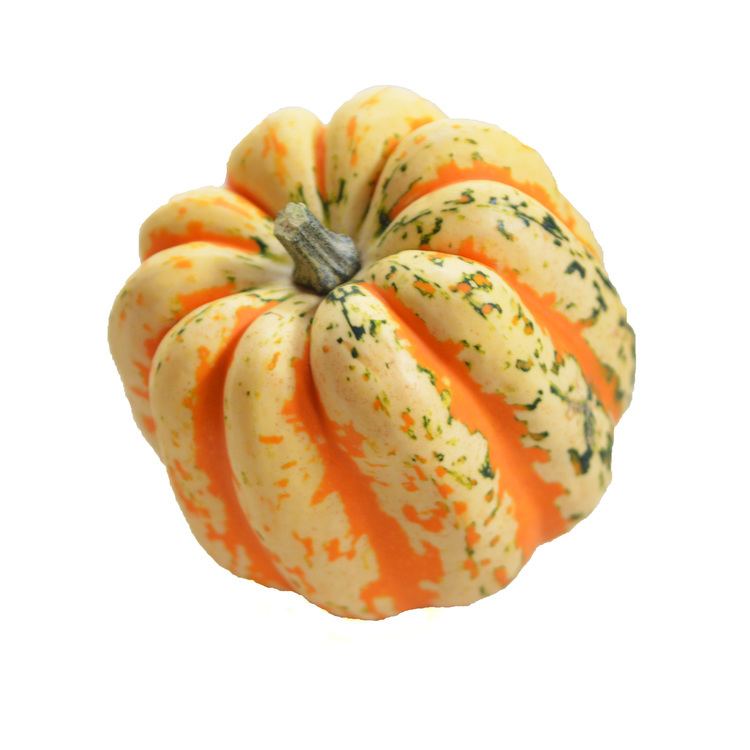Energy 143 kJ (34 kcal) Sugars 2.2 g Fat 0.13 g | Carbohydrates 8.59 g Dietary fiber 1.5 g Protein 0.95 g | |
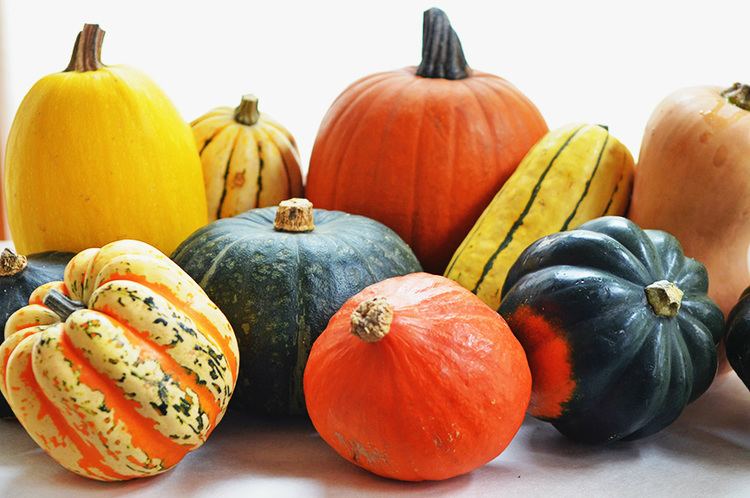 | ||
Representative species Field pumpkin, Winter squash, Crookneck pumpkin, Cucurbita argyrosperma Similar Butternut squash, Summer squash, Acorn squash, Water, Squash | ||
Winter squash
Winter squash is an annual fruit representing several squash species within the genus Cucurbita. It differs from summer squash in that it is harvested and eaten in the mature fruit stage when the seeds within have matured fully and the skin has hardened into a tough rind. At this stage, most varieties of this fruit can be stored for use during the winter. Winter squash is generally cooked before being eaten and the skin or rind is not usually eaten as it is with summer squash.
Contents
- Winter squash
- How to prepare and cook winter squash
- Planting and harvesting
- Nutritional value
- Subspecies cultivars and varieties
- References
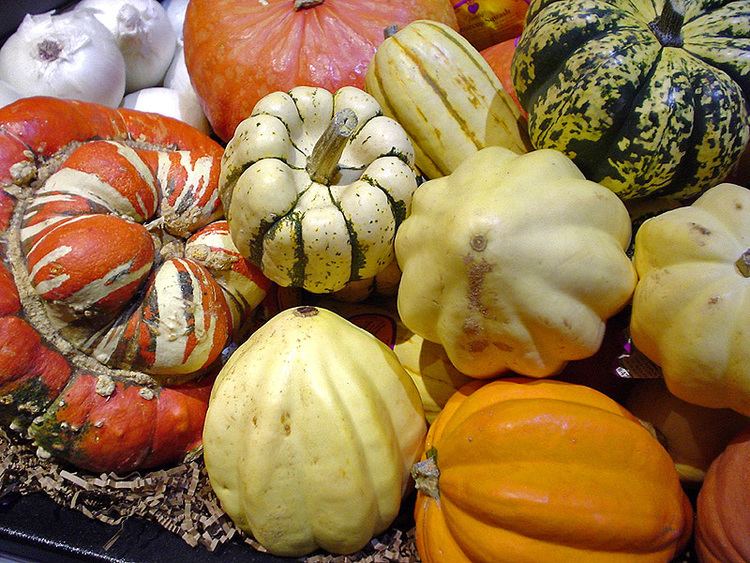
How to prepare and cook winter squash
Planting and harvesting
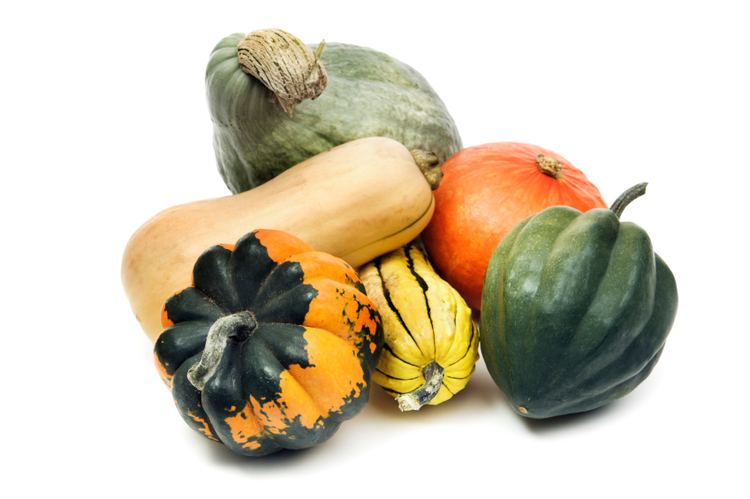
Because squash is a frost-tender plant, the seeds do not germinate in cold soil. Winter squash seeds germinate best when the soil temperature is 21 to 35 °C (70 to 95 °F), and the warmer end of the range is optimum. Winter squash is harvested whenever the fruits have turned a deep, solid color and the skin is hard. Most winter squash is harvested in September or October in the Northern Hemisphere, before the danger of heavy frosts.
Nutritional value
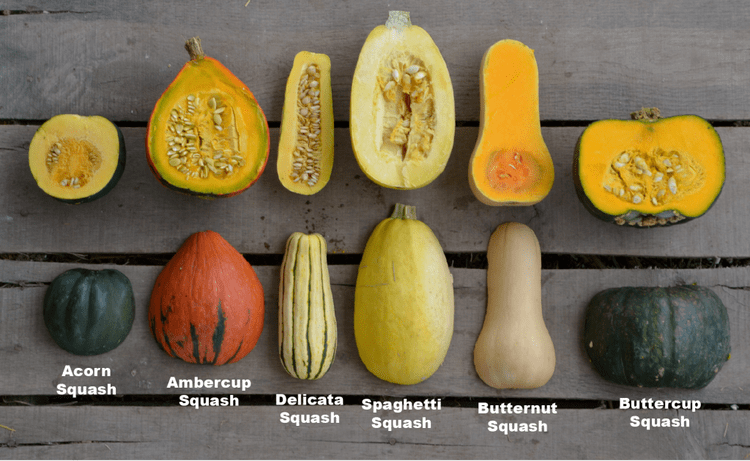
Winter squash is low-calorie and a good source of complex vegetable carbohydrates and dietary fiber. It is an excellent source of vitamin A, a great source of vitamin C, potassium, dietary fiber and manganese, and a good source of folate, omega-3 fatty acids, vitamin B1 (thiamin), copper, tryptophan, vitamin B6 (pyridoxine), vitamin B3 (niacin) and vitamin B5 (pantothenic acid). It is also a source of iron and beta-carotene. Usually, the darker the skin is, the higher the beta-carotene content.
Subspecies, cultivars and varieties
Cucurbita maxima
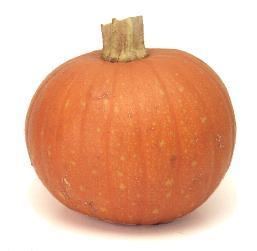
Cucurbita argyrosperma
Cucurbita moschata
Cucurbita pepo
